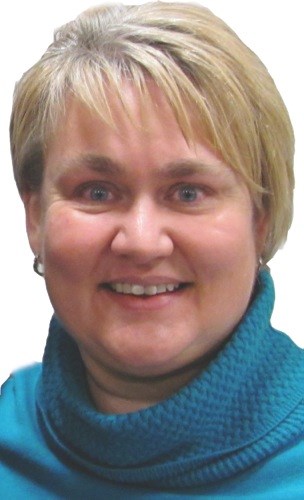American President John F. Kennedy made it a priority. So did Bill Clinton. Thomas Edison never missed. Billionaire entrepreneur Mark Cuban says it is indispensable. Artist Leonardo da Vinci credited it with his creativity. What do these people have in common? They all took naps.
Nap time. Ah, remember hearing those words as a child? What about saying them to a little one?
We had one daughter who disliked naptime and one who looked forward to it so it was interesting to see how the differences affected them. We ensured both of them did indeed have one, but we approached the question of what age a child should stop napping differently for each. Yet today I wonder—why do we stop at all? And I'm not just talking about children.
We know we need sufficient amounts of sleep. It is very important to our health and well-being. I truly fit the profile of the classic night owl. I tend to be more active and think more clearly later on in the evening and into the night. In university my favorite semesters were when I could schedule classes to start later in the morning which meant I could be up through the night studying. Others wanted to start classes early morning so they could study and be asleep much earlier. But regardless of whether we feel more productive early morning or later at night, why do we not continue to make time for one simple thing—a nap. What if we decided maps were a necessity?
I hear it time and time again. Ask what someone did on the weekend and if they have, gasped, dared to take a nap, they feel the need to justify it. Why? Why do we feel it is necessary to defend our opportunity to have a nap?
It wasn't always this way. Nor is it the case in different parts of the world. Siestas, short naps often taken in the afternoon are common in many cultures and are credited with boosting alertness, increasing productivity, reducing stress, and improving mood. They date back to the early Roman Empire and some Middle Eastern countries but of course are most commonly associated with Spain, likely arising from a time after the Spanish Civil War when having more than one job was common, so a need to rest between was essential.
A siesta is a chance to have a midday rest to counteract hot temperatures and the drowsiness that can follow lunch. The siesta refers to the nap itself, or more generally to the period of the day used for sleep or leisure. Regrettably, a large portion of the Mediterranean population has abandoned the practice even as several reports promote it after finding those who nap have less risk of a heart attack. Sounds like this is something we should all note.
As work life took a dramatic shift to remote work a few years ago, being at home in the afternoon lent itself to conveniently take a nap. Not everyone availed themselves of course, but those that did say they reaped the benefits, including reducing sleep debt. Yes, debt. Some of us are deep in the red.
In our culture, being in financial debt is nothing new and we know the consequences that come with that. But another debt is harming us and we're not paying close enough attention. Sleep debt. The difference between the sleep our bodies and minds need and what we are actually getting is resulting in a negative balance sheet. But napping—even a few minutes each day—can put us on a better side of the equation.
Of course one of the things people often worry about is how a nap might affect their ability to sleep at night. But since most of us are in a deficit position to begin with, perhaps we should worry less about that and enjoy sleep when we can get it. Besides, the naps likely won’t be terribly long given the schedules that need to be maintained. Research tells us 10-30 minutes is ideal.
Yes I hear you—where are we going to find those 10-30 minutes? I don’t know exactly but I will say this. On days where it might be possible, let’s stop feeling the need to justify it. Just stop. No excuse is necessary. If you want a nap—take one. It just might be our easiest debt to pay. That's my outlook.




